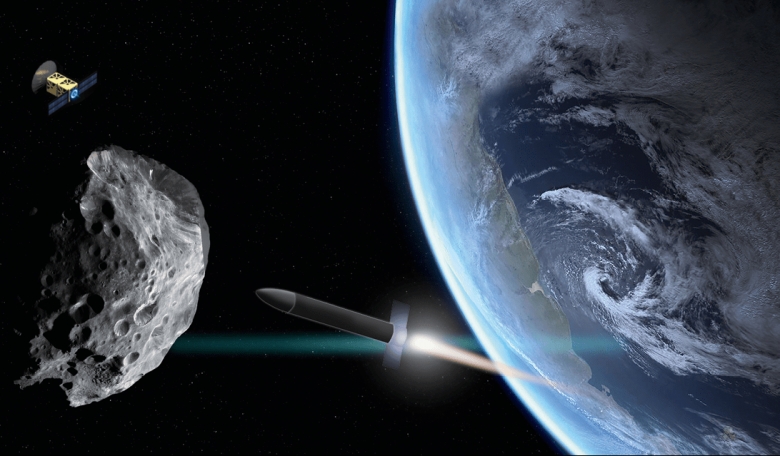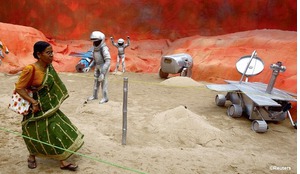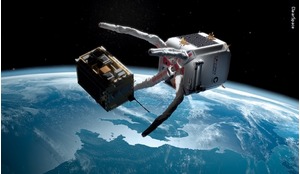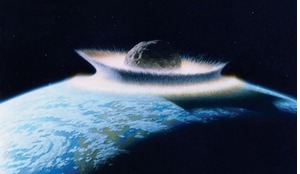Humanity, according to the world’s geologists, has entered the Anthropocene Epoch, a period within which human activity shapes the Earth’s geology and the so-called ecosphere. This new global-change dynamic prompts questions. Can humans survive the challenge of climate change and continued population growth? Can society survive a massive asteroid strike? Or can the modern world cope with the much-more-likely threat of a massive solar storm that destroys our satellites, the Internet, digital telecommunications networks and so on? Joseph Pelton sees the answers in space technology and cooperation.
It is ironic that, at a time when human knowledge and technology have risen to their highest levels, we are also at our most vulnerable. Today, human civilization, despite being at its largest and most wealthy, is also exposed to its highest level of existential risk. Ecologist Tim Morton has invented the term “hyper object” to refer to existential risk elements that are so vastly powerful and long term in nature that humans feel unable to respond to their potential destructive impact. He created the term to refer to climate change, but it could equally apply to asteroid strikes, solar storms or even the impacts of artificial intelligence or overpopulation.
Risks of this scale are very hard for individuals to comprehend, but space systems could make a positive contribution to the management of most hyper object threats. Clearly, this would involve the development of some new and demanding space technologies, such as defensive shielding systems for space threats, but it would also require new systems of international space law and cooperative agreement among space agencies and commercial space enterprises.
Indeed, the existence of such cosmic threats might be employed to make space agencies and commercial space companies more creative, more productive and better structured to cope with them.














